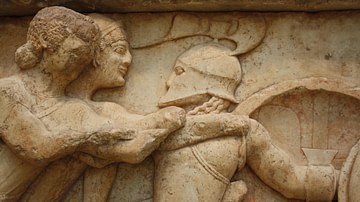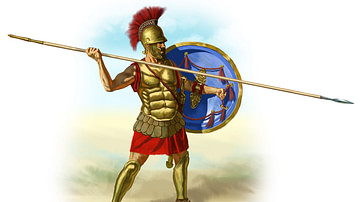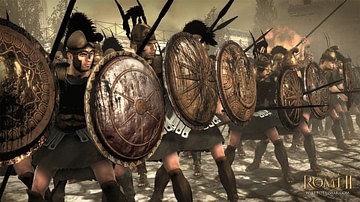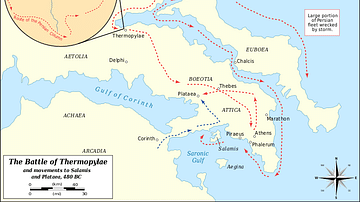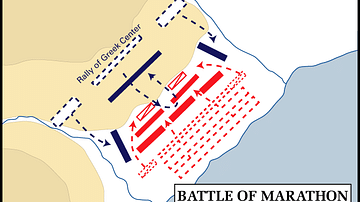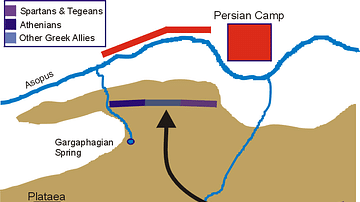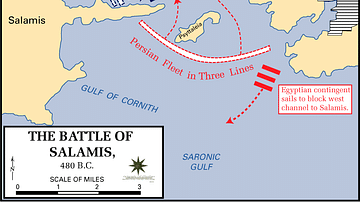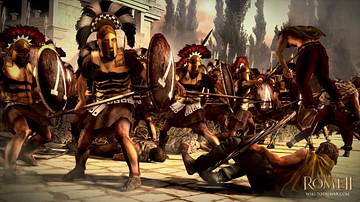The ancient Greek city-states were in a constant rivalry for land, resources and power which meant that warfare became an ever-present aspect of life. Athens and Sparta were famous rivals throughout the Classical period but other cities like Corinth and Thebes were just as active on the battlefield. When the Persians attempted to invade Greece in the 5th century BCE those states then pulled together to defeat a common enemy. In this collection, we examine the two main weapons used in Greek warfare: the hoplite and trireme, as well as the two main conflicts of the period, the Persian Wars and the Peloponnesian War. In addition, we look in detail at some of the most famous battles like the last stand of the 300 Spartans at Thermopylae and the victory at Marathon which the Greeks celebrated in their art and literature ever after.
Strategies and deception, the ‘thieves of war’ (klemmata), as the Greeks called them, were employed by the more able and daring commanders. The most successful strategy on the ancient battlefield was using hoplites in a tight formation called the phalanx. Each man protected both himself and partially his neighbour with his large circular shield, carried on his left arm. Moving in unison the phalanx could push and attack the enemy whilst minimising each man’s exposure. Usually eight to twelve men deep and providing the maximum front possible to minimise the risk of being outflanked, the phalanx became a regular feature of the better-trained armies, particularly the Spartans. Thermopylae in 480 BCE and Plataea in 479 BCE were battles where the hoplite phalanx proved devastatingly effective.
